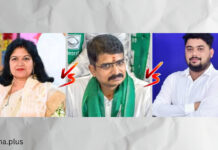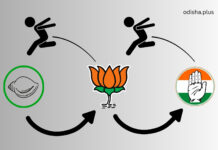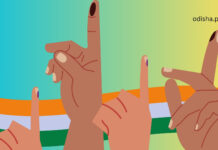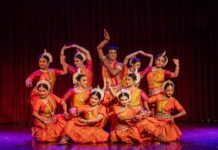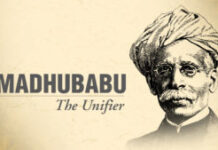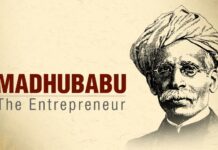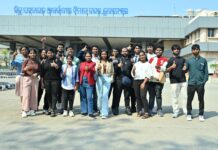Dr. Fakira Mohan Nahak
THE TELEVISION NEWS INDUSTRY IN ODISHA HAS GONE THROUGH A PROGRESSIVE JOURNEY IN THE PAST TWO DECADES. IN THIS SERIES DR. FAKIRA MOHAN NAHAK PRESENTS THE MEDIA HISTORY BLENDED WITH HIS CLOSE OBSERVATION ON THE FAST-CHANGING INDUSTRY.
It was July 12, 2002, Asadha Shukla Dwitiya (the second day of the waxing phase of the moon in the month of Asadha), the day of Lord Jagannath’s world-famous Rath Yatra. The six-month young private satellite channel ETV Oriya was all set to do the live broadcast from Shrikshetra. With the technological advancements over the years, any channel can do a live telecast today. But that was not the case two decades back. Being a new channel, the team didn’t have much technical experience and expertise in live broadcasting. While the event was in Puri, the commentators and the studio were in Hyderabad and the online content would be controlled from there. It was undoubtedly a challenging task for all the stakeholders of the channel. But the team was full of confidence and strong determination to cover the event.
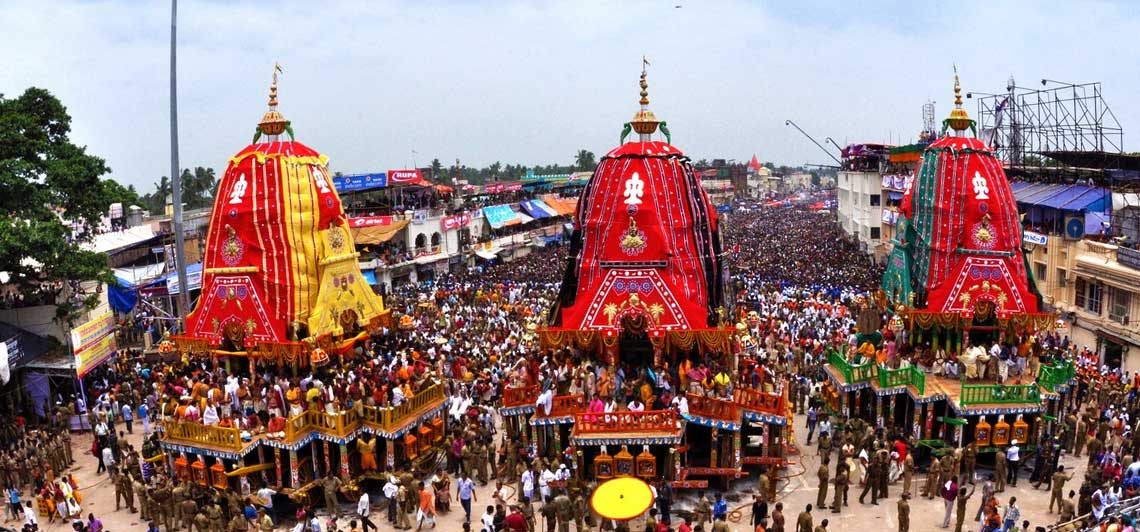
Being the national broadcaster, Doordarshan started broadcasting Rath Yatra in 1994. For the first time, ETV Oriya, along with Doordarshan, was also allowed by the Information and Public Relations Department of Government of Odisha. However, S.Y Qureshi, the then Director General of Doordarshan, wrote a letter to the then Chief Secretary, D.P Bagchi, stating that the only authority on the live broadcast of Shri Jagannath’s Rath Yatra was with Doordarshan (Prasar Bharti, the highest body). Just two weeks before the RathYatra, the state government revoked the approval that was given to ETV Oriya for the live broadcast. The then collector of Puri district, Digambar Mohanty also refused to allow ETV’s cameras and other broadcasting equipment to be installed as the government had revoked the permission. However, ETV did not take it lightly.
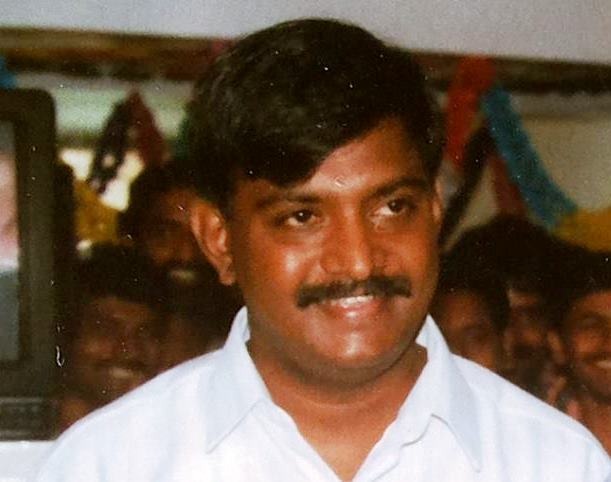
At the time, S.R.Ramanujan, the editor-in-chief of ETV News Network, wrote a letter to Sarbeshwar Mohanty, Secretary, State Information and Public Relations Department. Not only that, K. Bapi Needu, the then CEO of ETV, took the matter to the High Court. ETV made the then Union Minister for Information and Broadcasting, Mrs. Sushma Swaraj and the Director General of Doordarshan, S.Y. Qureshi and the department of information and public relations of the state government as party in the case. The honourable High Court issued a show cause notice to the state government’s Information and Public Relations Department and raised questions how Doordarshan could have a monopoly on a religious program like the Rath Yatra. However, ETV was finally allowed to air the festival live through the intervention of the court and mutual discussions among all the stakeholders. Finally, after receiving the court order, just two days before the Rath Yatra, an ETV team led by Sanjay Pathak arrived in Puri taking the necessary steps to broadcast live.
Since it was to be broadcast live from Puri, four experts on Jagannath culture were present in the studio in Hyderabad to avoid any unwanted disruption or technical errors. Sarat Mohapatra, former administrator of the Jagannath Temple was one of the experts. The guests were flown from Odisha to Hyderabad. Nilambar Rath, the in charge of ETV News Desk was the moderator of the show at the Hyderabad Studio. He and the team ensured that the experts understand the technicalities and follow the instructions of the studio without any glitches.
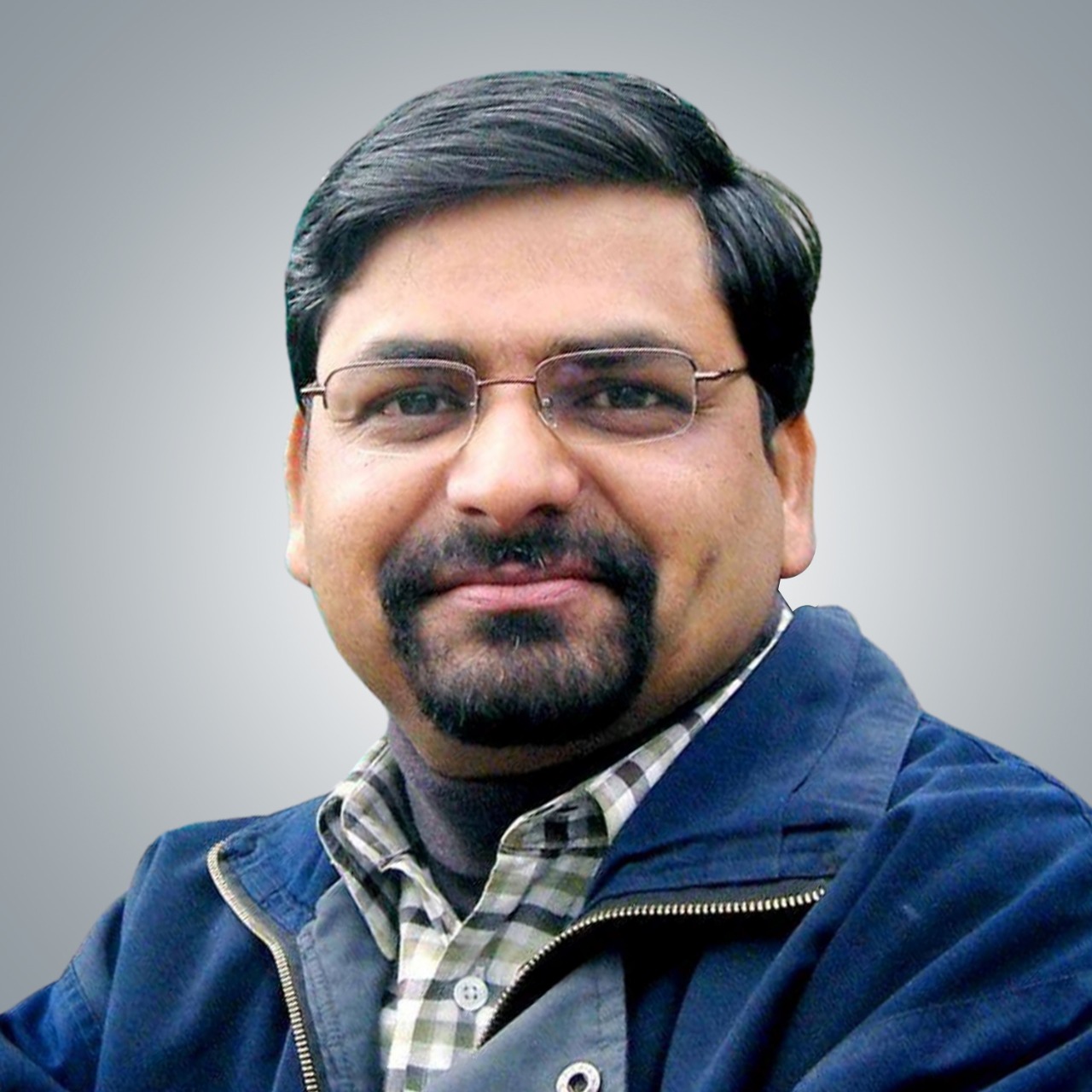
Sanjay Pathak was heading the ETV team deployed at Puri for the live coverage of the greatest annual carnival. Akshay Mohanty, a senior broadcast engineer was in charge of the technical system. Amitabh Bhattashali was leading the team at Hyderabad. No one in the programming team had the prior experience of PCR management during live broadcast. However Vijay krishna, the first panel producer of ETV was in charge of it. The 7 AM “Amari Odisha” bulletin was on air. The live broadcast from Puri would begin as soon as the bulletin is over. At this point, the outdoor broadcasting van (OB Van) based in Puri has already started sending audio-visual signals. No one had the idea that while switching from bulletin to live broadcast, a transition plate is required in between.
Amitabh Bhattashali, the head of ETV Oriya News, suddenly shouted inside the PCR that a transition plate is required; otherwise there is high chance of getting a black frame in the channel. (If any channel goes black for even a second, it is considered a failure). The author immediately contacted the graphics design team, prepared a transition plate entitled “Live from Puri” in the News Desk and informed the PCR. With all the excitement, finally the visuals of the Nilachakra and the Patitapaban flag at the top of the shrine from Shrikshetra appeared on the screen along with the live commentary.
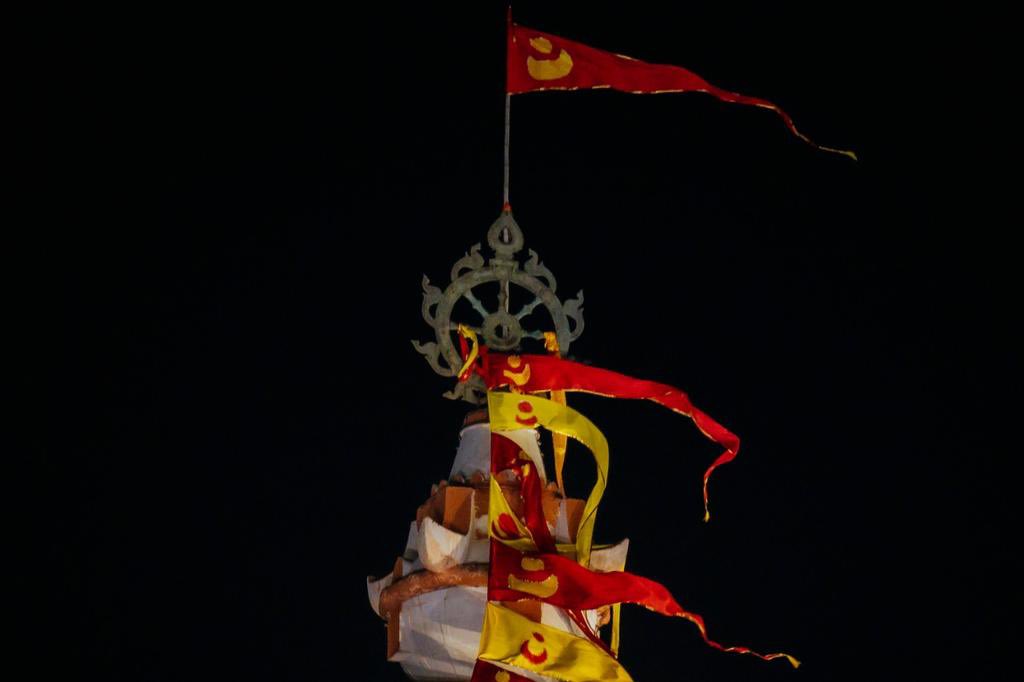
The rest is history. At present most of the state’s television channels do the live telecast of Rath Yatra. But for the past two years, only Doordarshan has had the opportunity to live broadcast due to the global pandemic. Other channels take the live feeds from the public broadcaster and manage their live telecast with their own setup and commentators. The excitement of the first live broadcast of the Rath Yatra is still felt today. The television channels of the state have taken a number of steps over the years towards promoting the Shri Jagannath culture around the globe. Yes. We will discuss more about this in a later chapter.
ETV was not limited to the live broadcast of the RathYatra. Rather that was just the beginning of the trend of live broadcasting. Gradually it included the live coverage of Bahuda Yatra, Sunabesha, Adharpana and Niladribije. In the next phase, ETV started broadcasting the Krishna Janmastami live from Mathura, Vrindavan and Dwarka. In addition to this, ETV also started covering the famous festival of Mahamasthakabhishek which is held every twelve years in Karnataka’s Shravan Belagola, as part of this great festival of Jainism, there is a tradition of doing Abhishek of the 57-feet-high, monolith digambar (dress less) statue of Bahubali Gomateswar. Viewers of Odisha got the opportunity to know more about this unique festival through the live broadcast.
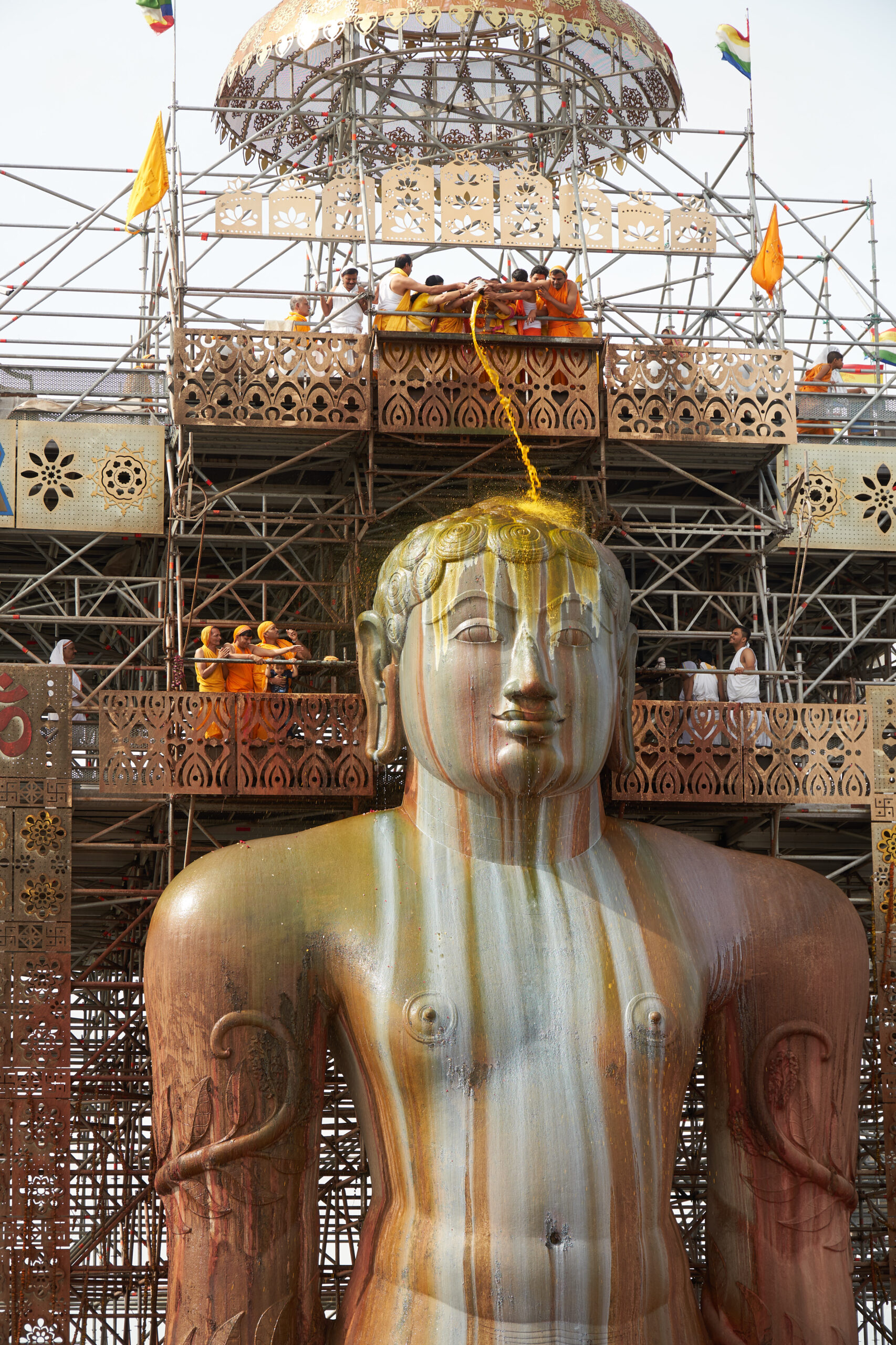
In the next phase, ETV Oriya had another landmark move of doing the live broadcast of the Central Budget, the Railway Budget and the State Budget. While the Union Finance Minister presented the budget in Parliament, ETV presented the main part of the budget through graphics, including its live broadcast. Similarly, ETV also covered the state budget presented by the finance minister in the state assembly live for the first time in 2004.
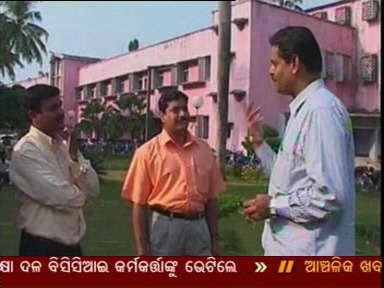
Senior Journalist Nageshwar Patnaik and Economist Prof. Bhagabat Patra were invited to Hyderabad for the analysis on Budget in ETV studio. The channel has also started the trend of broadcasting the daily Question Hour during the assembly session. ETV reporters Apurba Mohanty and Manoranjan Mishra were engaged in preparing a special show “Ajira Vidhansabha” (Today’s Assembly) from the state Assembly premises.
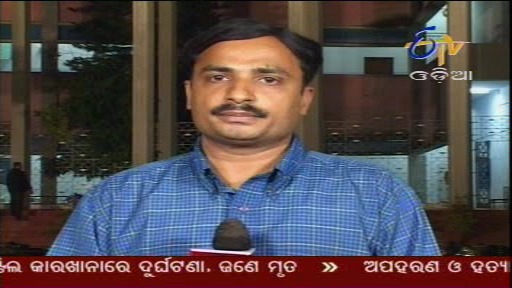
In addition to this, when the BJD-BJP alliance came to the polls for the second time in 2004 in the state, ETV planned the live coverage of counting of votes and announcement of results. Rabi Das, a veteran journalist and political analyst from Odisha, was taken to Ramoji Film City, Hyderabad, the headquarter of ETV Oriya to be part of the program. This was first of its kind in the history of state television. ETV was using software called Vizrt for graphics management.
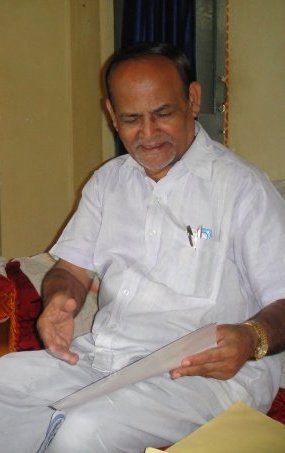
Being new users of the software, no one in the editorial or technology team was aware of the load that the server can handle. The server was overloaded with the data generated from the General Election and the state assembly election of Odisha and Andhra Pradesh. It failed shortly after the live broadcast. As adequate arrangements were done at the counting centres and at the news desk to get the latest updates, the team handled the failure tactfully by falling back to the process of updating the results through traditional CG scrolls and offline graphics plates.

It was the biggest learning curve for the whole team and the channel. It was one of the finest cases of crisis management. The failure has prompted ETV to become technically sound for covering the upcoming elections. It paved way for the next success. Ardhendu Das, Bibhuti Bishwal and Mrinalkanti Nanda were presenting the election results at the Hyderabad Studio. Late Chandrabhanu Patnaik, one of the senior journalists and a freelancer in television led the show in Bhubaneswar studio. ETV’s Bhubaneswar studio was attended by political analysts, including spokespersons and leaders of various political parties, while senior journalist Rabi Das handled the election coverage in the panel at Hyderabad.
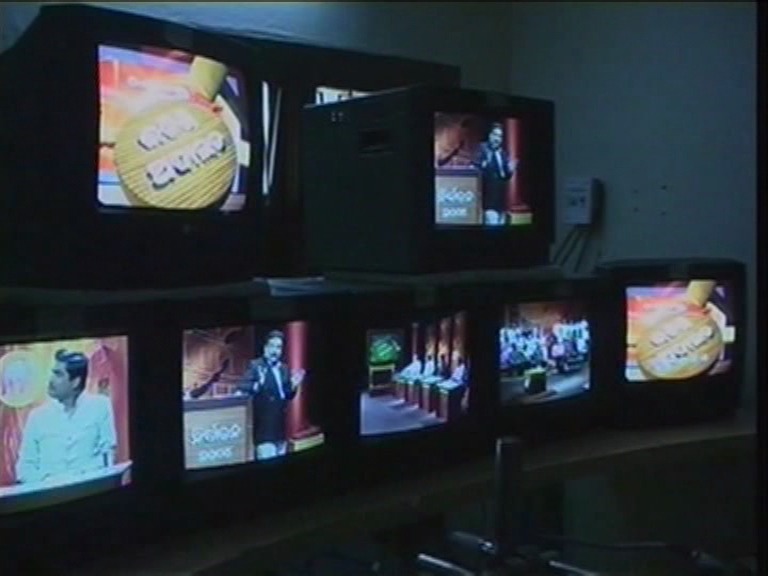
In the later years, ETV did extensive election coverage and took innovative steps to make sure the counting results reach the audience as quick as possible. Not only that, ETV Oriya was the pioneer in doing one of the unique and first-of-its-kind experiments in covering the elections. No other channel had done that before. We will focus on that in the next segment.
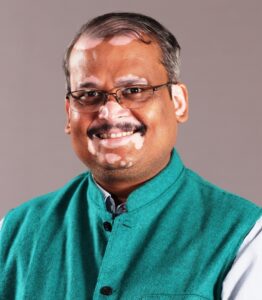
(Dr. Fakira Mohan Nahak is a writer and former media professional. He is currently working as the Head of the Department of University Institute of Media Studies, Chandigarh University at Mohali, Punjab. Views are Personal)

